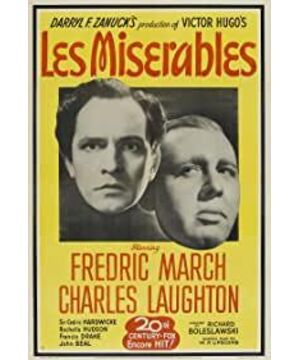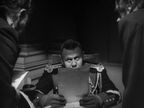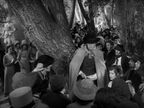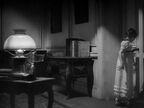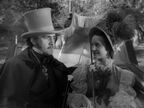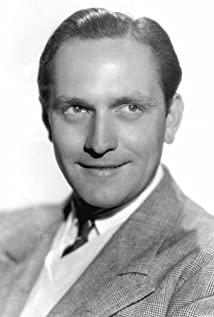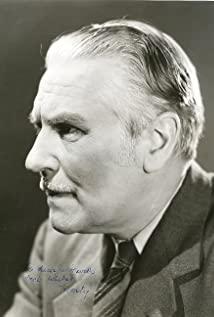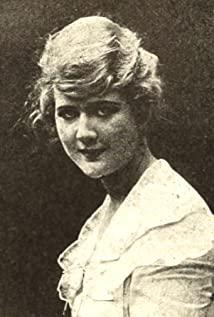This is considered the most classic version. The cinematography, pacing, and acting are all good, but the epic spectacle is lacking. The 1952 American version is 105 minutes long, black and white, directed by Lewis Milestone , starring Mike Laney and Robert Newton. Both protagonists are full of emotions, and the final scene in the Paris sewers is better. In the same year, Italy launched a black and white deluxe version of the play, which was 119 minutes long. In 1957, France and Germany jointly shot the 210-minute color version. Although the artistic achievements are still not as good as the 1935 version, it is, after all, a "homemade specialty" and is worth seeing. In 1978, an excellent TV version gathered international stars and was 150 minutes long. In 1995, France released a modern version starring Belmondo, moving the plot to the Second World War; the 174-minute version was the most expensive production in France at the time. The 1998 version was 129 minutes long and featured a strong cast that included Rian Neeson, Geoffrey Rush , Uma Thurman , and Claire Catherine Danes . This version removes the Thenardiers and focuses like a laser on the conflict between Agen and Javert. The film opens with Ajan being taken in by a priest for the night, and the background plot of him smashing shop windows, stealing bread, and being sentenced to 20 years as a coolie is brought out with only one or two lines (“Between hunger and no more hunger, there is only a gap between With a piece of glass. It's so easy.") Likewise, the film ends with Javert committing suicide by jumping into a river, no longer dwelling on the Marijus' misunderstanding of Agen and the eventual reunion. Rush's Javert is the best in the cast. Thurman is probably the most Fantine-like star of the day, and her innate poignancy is brought to the fore. This film replaces the epic spirit of the original with a prose style, and is the most acceptable version for modern audiences.


